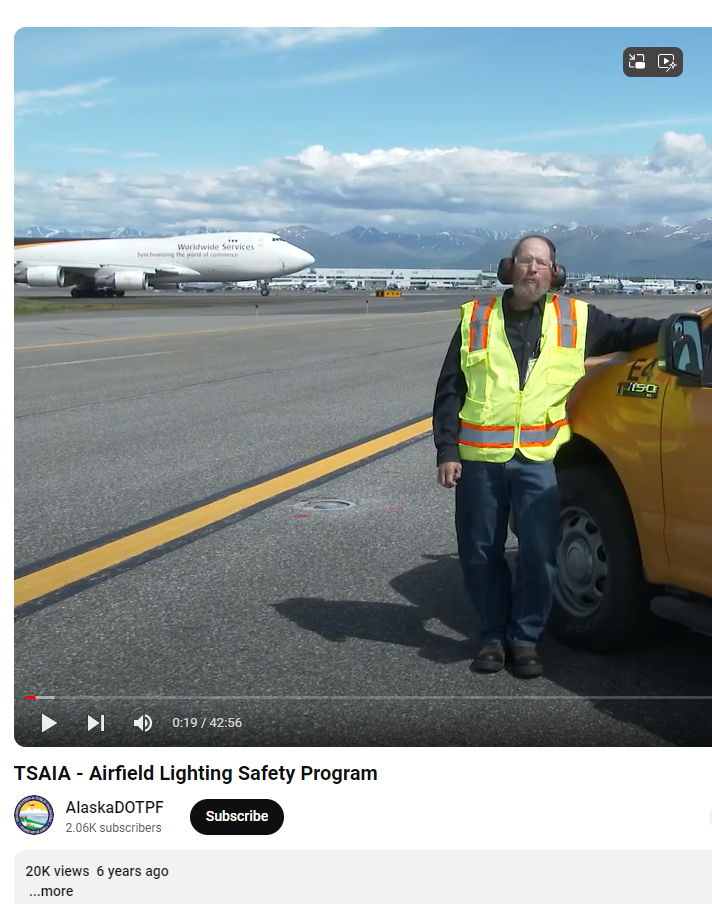
Component Descriptions
Lights
Lights can be located on taxiways or runways either in-ground or above-ground as well as within navigational aids such as approach lights, airport beacons, or airport signage.
Signs
Lit airport signage can be used to signal navigation of the taxiways and runways of an airport at night.
Regulators

Video with explanation of constant voltage vs. constant current (TSAIA)
Transformers
L-830 Isolation Transformer Facts
- Isolation transformers can be either 6.6A Primary/6.6A Secondary or 20A Primary/6.6A Secondary.
- 6.6/6.6 is a 1:1 ratio and 20/6.6 is a 3:1 ratio.
- 6.6/6.6 transformers are for taxiway circuits or LED runway circuits.
- 20/6.6 transformers are for runway circuits.
- 20/6.6 transformers reduce the amperage by a factor of 3, therefore if a 20/6.6 transformer is incorrectly put in a 6.6A taxiway circuit the secondary amperage will be one-third of what it should be, and the light will be extremely dim.
- 6.6/6.6 transformers are a straight 1:1 ratio, therefore if a 6.6/6.6A transformer is incorrectly put in a 20A runway circuit it will put 3X the amperage to the light fixture and will quickly burn out the lamp (it will get extremely bright for a short while).










